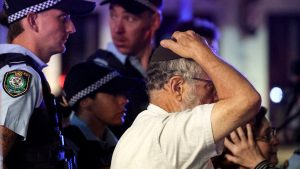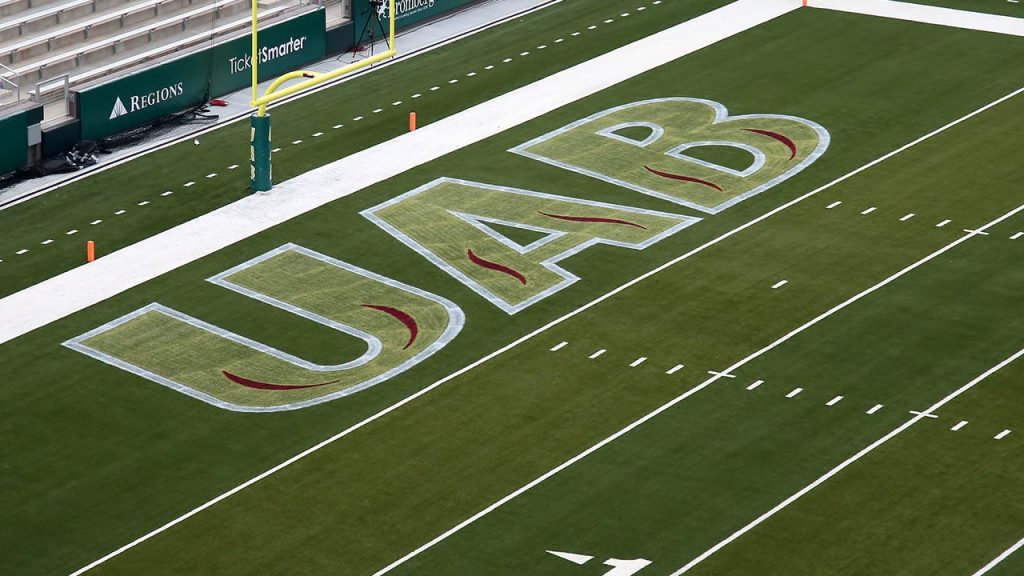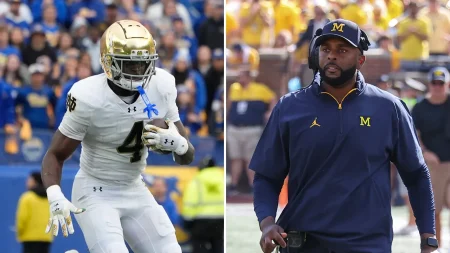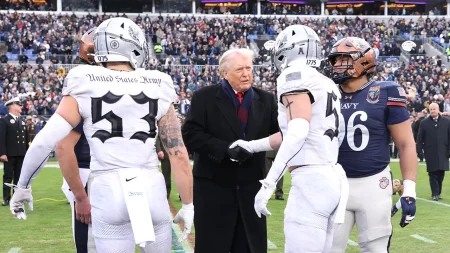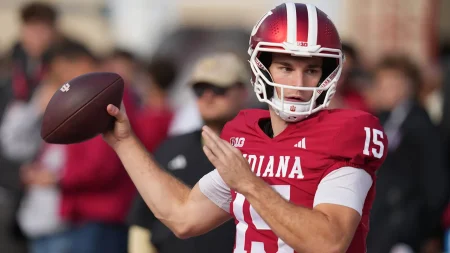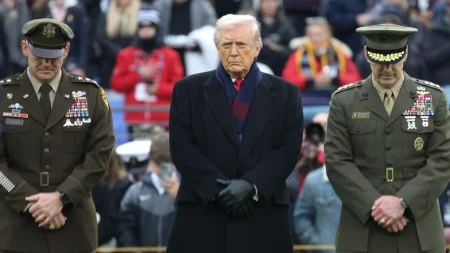UAB Football Tragedy: Players Take the Field Despite Stabbing Incident
In a display of resilience amidst tragedy, the University of Alabama at Birmingham football team took the field on Saturday against South Florida, just hours after a shocking incident rocked the program. Earlier that day, two UAB players were allegedly stabbed by a teammate at the team’s training center. While the university initially withheld the names of those involved, both victims were reported to be in stable condition at a local hospital. Despite the emotional weight of the situation, UAB officials made the difficult decision to proceed with the scheduled game, demonstrating the team’s commitment to persevering through adversity while the campus community began to process the shocking events.
The alleged perpetrator was later identified through Jefferson County Jail records as Daniel Israel Mincey, a 20-year-old redshirt freshman who had transferred to UAB after one season at Kentucky. According to jail records, Mincey was arrested by UAB Campus Police shortly after noon on Saturday, facing serious charges of “aggravated assault — attempted murder.” While university officials did not explicitly confirm Mincey’s involvement, the timing of his arrest coincided directly with the reported incident. The situation cast a shadow over the program and raised questions about team dynamics and security measures within collegiate athletic facilities, leaving many to wonder how such violence could erupt within a team environment.
A university spokesperson addressed the situation with a brief statement, saying, “We’re grateful to report that two players injured in an incident this morning at the Football Operations Building are in stable condition. Our thoughts are with them and their families as they recover. The suspect — another player — remains in custody, and an investigation is taking place.” The decision to continue with the game despite the morning’s events was undoubtedly difficult, balancing respect for the victims with the practical realities of collegiate athletics scheduling. The university’s choice reflected a complex calculus between acknowledging the severity of the incident while also providing a sense of normalcy and routine for the remaining players and staff.
On the field, the emotional toll of the morning’s events seemed to weigh heavily on the UAB team as they faced South Florida. While UAB initially showed promise by taking a 10-7 lead at the end of the first quarter, their performance deteriorated as the game progressed. USF, led by quarterback Byrum Brown, dominated the remainder of the contest, scoring 27 unanswered points en route to a decisive 48-18 victory. Brown delivered an exceptional performance, throwing for 353 yards and contributing to five touchdowns. His 60-yard touchdown pass to Mudia Reuben at the start of the third quarter seemed to break UAB’s competitive spirit, giving USF a commanding 24-10 lead and highlighting the mental and emotional challenges facing the UAB squad.
For UAB, quarterback Jalen Kitna struggled to find his rhythm, throwing three interceptions that proved costly in the lopsided defeat. These turnovers seemed emblematic of a team struggling to maintain focus amid extraordinary circumstances. While Kitna managed to accumulate 230 passing yards, the mistakes overshadowed any offensive production. Meanwhile, USF’s offense continued to fire on all cylinders, with running back Nykahi Davenport adding 117 rushing yards and a touchdown to complement Brown’s stellar performance. The final score reflected not just a difference in execution, but perhaps the psychological impact of playing through trauma.
This tragic incident at UAB adds to a troubling pattern of violence affecting collegiate athletics programs across the country in recent years. The stabbing comes in the context of other high-profile incidents, including the 2022 shooting at the University of Virginia that claimed the lives of three football players. While investigations into the UAB incident continue, the episode raises important questions about player safety, conflict resolution, and mental health support within collegiate athletic programs. As the UAB community begins to heal from this shocking event, attention will inevitably turn to preventing future violence and better supporting the well-being of student-athletes who face tremendous pressures both on and off the field. The resilience shown by the team in simply taking the field after such a traumatic morning speaks to the strength of character within the program, even as they process the deeply disturbing reality that violence erupted within their own ranks.

